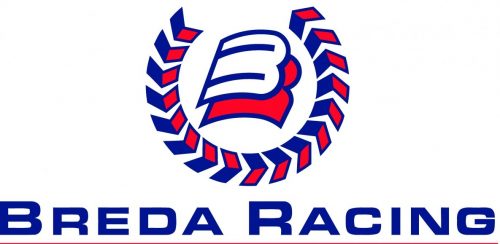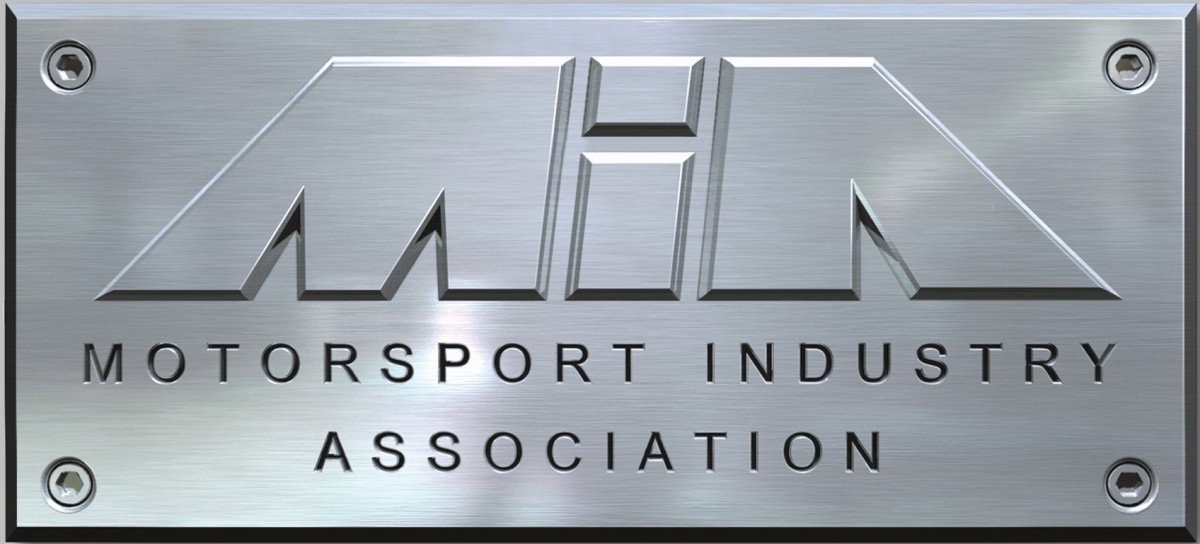Insight: Brembo and WRC 2017
With the dramatic overhaul of the 2017 WRC technical regulations, a knock-on effect of increase in downforce and power output is braking performance.
As with most championships, different rounds prescribe unique demands thanks to their varying characteristics, and the WRC is no exception to this.
To meet manufacturers halfway, the regulations now allow the use of 370 mm discs exclusively for tarmac stages.
Brembo details that on asphalt stages a clean driving style is required to maintain a fast pace, meaning vehicle movements and steering adjustments have to be cut to a minimum. Stages featuring alternating straightaways and fast curves often see the brakes going from little-to-no use, to drivers loading the system up to the limit in order to arrest the car to an abrupt halt.
The 370 mm discs are the obligatory choice in the front, while some manufacturers have incorporated either the 355 mm or 320 mm discs in the rear. The reasoning for the range is size is a mixture of road conditions and the driver’s feeling, according to Brembo. Pads with a ceramic base are more aggressive than those used on unpaved roads, the bigger bite is due to the Brembo RB350 pad compund.
Brembo brake discs with cast iron brake rings are bigger than those used in races on unpaved roads: the diameter measures 370 mm and the thickness ranges from a minimum of 30 mm to a maximum of 32 mm.
The increase in the demand on braking systems has placed a greater stress on thermal management and so careful attention has been paid to front and rear air intake brake ducts.
According to Brembo, it was determined that a liquid cooled solution would be detrimental, potentially dangerous and brake temperatures could be managed using air flow.
One particularly important factor to tackle in rallying is the stress placed on the brakes with sharp changes of direction; which is particularly common in any off-road racing.
Due to the constant small changes of direction on loose surfaces, keeping the car central on the road requires consistent brake pressure with the driver’s left foot. Brembo claims that this technique means that the brakes are unable to “cycle” because the system is under constant pressure and there is no time for it to cool. Larger discs aren’t necessary for such a surface either due to the lack of hard braking zones after long straights.
It means that for loose surfaces, the diameter of the Brembo WRC discs is 300 mm (unchanged with respect to 2016) and the thickness ranges from a minimum of 25.4 mm to a maximum of 28 mm. For stages where there is less demand on brakes, superlight Brembo discs are used because there is no need for all the material that is otherwise essential on a high loading stage. Brembo has revealed that when discs are changed, more often than not a different pad compound is used, with Brembo’s RB330 ceramic being softer compared than those used on asphalt. The softer pads help prevent lock ups on loose surfaces while they are able to reduce moments where the discs could overheat.




















